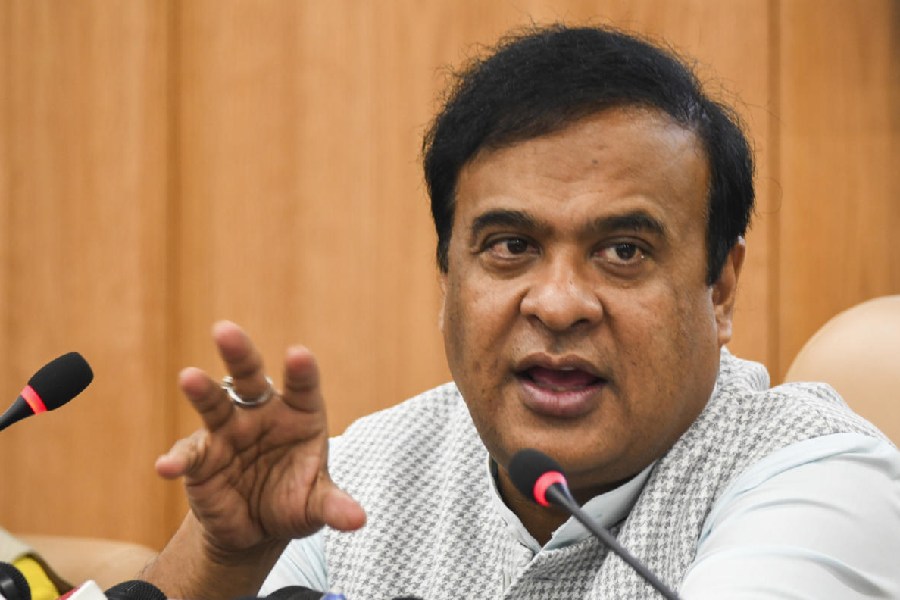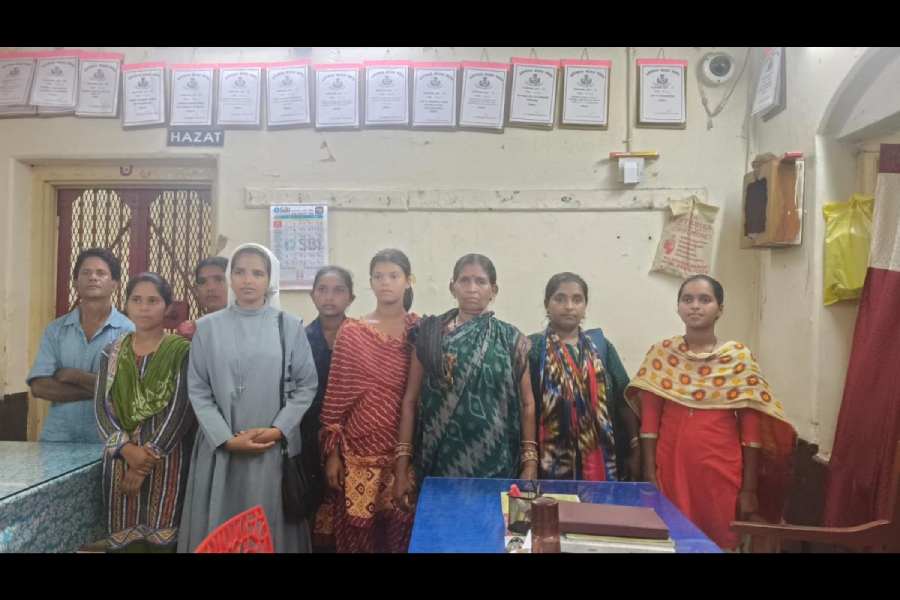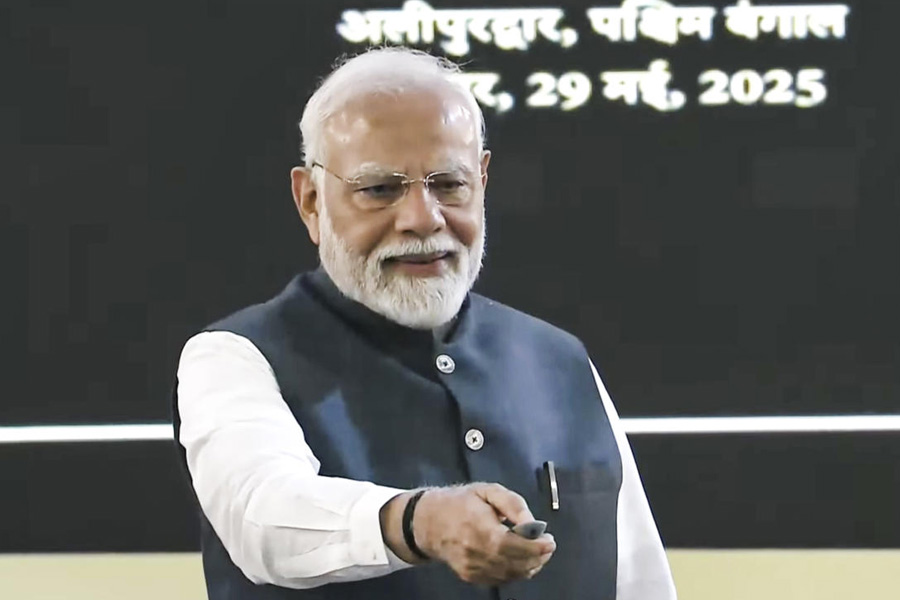 |
Kohima, April 22: With the Bharat Sanchar Nigam Limited (BSNL) clearing the decks, the Northeast may have mobile phones ringing by August.
Officials of the BSNL said much of the survey for providing cellular service outside Shillong and Guwahati has been completed.
“Mobile service under Cellone may start by August,” BSNL general manager T.V. Muralidhar told The Telegraph. The tariffs would be at par with the rest of the country, sources said.
In what is being billed as a technological feat, engineers of electronics giant Ericsson, the vendor for the seven northeastern states, are conducting the survey for the seven sisters.
The sources said the company is conducting the survey through simulation techniques because of the region’s unique terrain. The Nigam and Ericsson are working hand-in-hand on the project with the latter doing the high-tech job of survey while the former provides infrastructure and information like digital maps.
Attenuation, the frequency transmission, is highly varying in the hills of the Northeast. This makes it difficult to decide how many and of what power, the antennae should be. Engineers said the height of the antennae-fixing masts would not be less than 30 metres. Despite this, the terrain is posing problems.
For instance, while a river between a transmission tower and the receiving mobile user would enhance the transmission, vegetation restricts the power. Hillock obstruction is another hurdle which engineers have to surmount.
Senior BSNL officials said it is extremely difficult to say how many towers would be needed. “Therefore, the survey has to be perfect so that transmission on, say National Highway 39 from Guwahati to Moreh, does not fail,” said a senior BSNL officer.
In addition, the survey engineers are facing some problems in physical verification of the areas like Mon and Tuensang districts where “the road conditions are horrible”. Sources said around 70 per cent of the survey in Nagaland has been completed.
At present, the Wireless in Local Loop (WLL) is being used as “mobiles” in the many states in the region.
Many are using extra antennae for cordless telephones, which is illegal, though it does enhance frequency range for the user.











